Home>Articles>How To Open A Stuck Manual Garage Door From The Outside
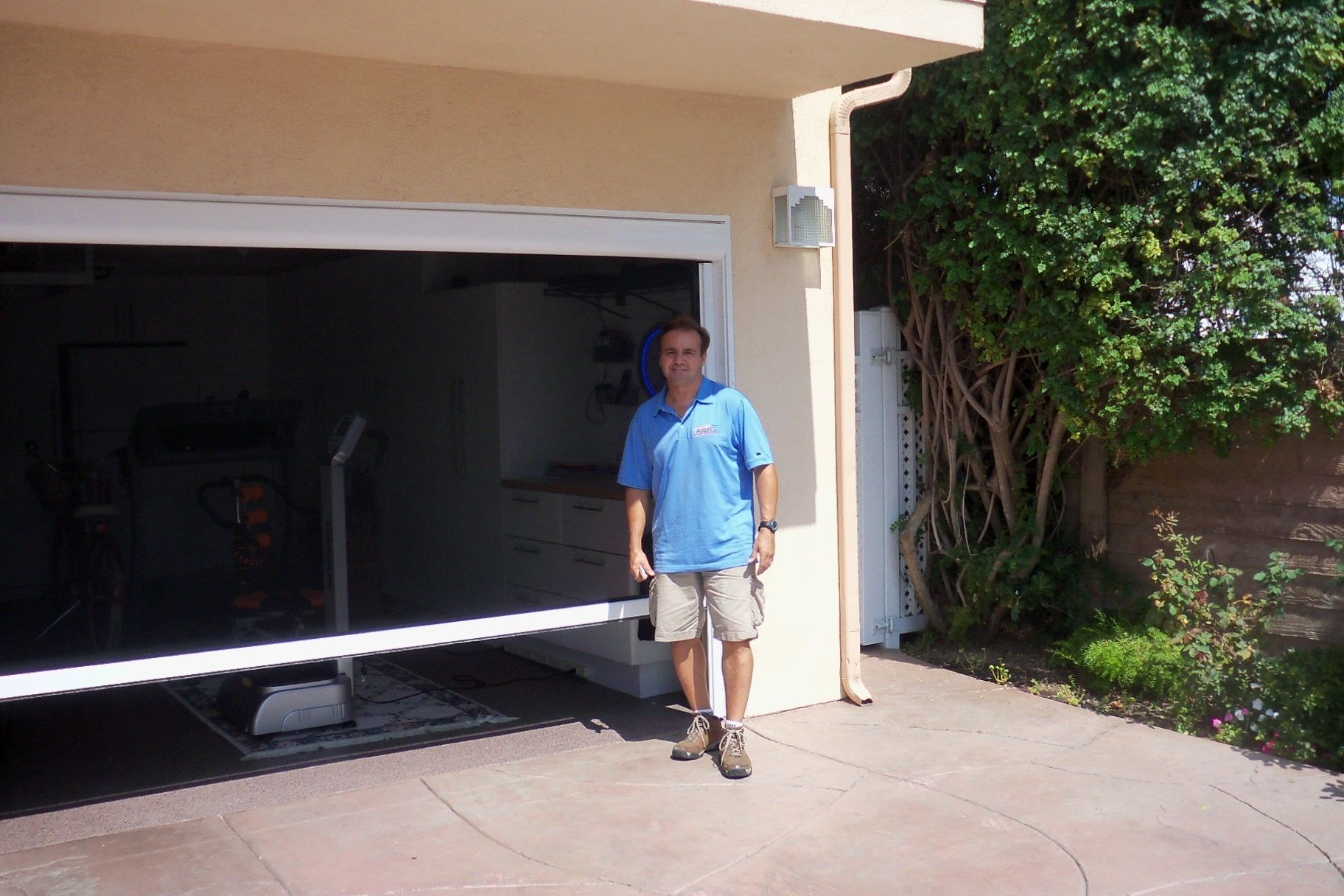

Articles
How To Open A Stuck Manual Garage Door From The Outside
Modified: February 23, 2024
Learn effective techniques for opening a stuck manual garage door from the outside with our helpful articles.
(Many of the links in this article redirect to a specific reviewed product. Your purchase of these products through affiliate links helps to generate commission for Storables.com, at no extra cost. Learn more)
Introduction
When it comes to your garage door, there’s nothing more frustrating than finding it stuck while trying to open it from the outside. Whether it’s due to a malfunctioning opener or other mechanical issues, a stuck garage door can be a major inconvenience. However, with the right knowledge and tools, you can easily open a stuck manual garage door from the outside.
In this article, we will guide you through the step-by-step process of opening a stuck manual garage door. We will cover everything from assessing the situation to applying necessary lubrication and providing tips on using brute force to unlatch the door. By following these instructions, you can save time, money, and frustration by resolving the issue on your own.
Before we jump into the steps, it’s essential to prioritize safety. Opening a stuck garage door can involve heavy lifting and potential hazards. Make sure to wear protective gloves and eyewear, and be cautious of your surroundings. If you’re unsure about any part of the process, it’s always best to seek professional assistance.
Now, let’s explore the step-by-step guide to opening a stuck manual garage door from the outside.
Key Takeaways:
- Safety First!
Assess the situation, gather necessary tools, release the emergency disconnect, apply lubrication, and use controlled force to open a stuck manual garage door. Prioritize safety, wear protective gear, and seek professional help if needed. - Inspect and Maintain
After opening the door, inspect for damage, lubricate, tighten loose hardware, and replace damaged parts. Regular maintenance ensures smooth operation and prevents future issues. Keep your garage door in top condition for reliable functionality.
Step 1: Assess the Situation
Before attempting to open a stuck manual garage door, it’s crucial to assess the situation and identify the reasons behind the problem. This will help you determine the best course of action to take and ensure your safety throughout the process.
Start by observing the garage door. Is it partially open or completely closed? Are there any visible signs of damage, such as bent tracks or broken springs? Understanding the position and condition of the door will help you understand the underlying issue.
Next, check the garage door opener. If the door is stuck due to a malfunctioning opener, you may need to troubleshoot or repair the opener itself. Look for any flashing lights or error messages on the opener unit, and consult the manufacturer’s manual or a professional technician if needed.
Safety should always be a top priority when dealing with a stuck garage door. Before attempting to open it, make sure to take the following precautions:
- Disconnect the power: Before working on the garage door, ensure that the power to the opener unit is disconnected. This will help prevent any accidental activation while you’re trying to open the door manually.
- Secure the door: If the door is partially open, use clamps or locking mechanisms to secure it in place. This will prevent it from suddenly falling down or shifting while you’re working on it.
- Be cautious of tension: Garage doors are under a significant amount of tension, especially if they are stuck. Avoid placing your body or hands near any parts that are under tension, such as springs or cables, as they can cause serious injury if released suddenly.
- Use proper lifting techniques: When lifting a heavy garage door, use your leg muscles and maintain a stable stance. Avoid twisting your body or using your back to lift, as this can lead to strained muscles or back injuries.
By taking these safety precautions and assessing the situation before proceeding, you will be well-prepared to safely open a stuck manual garage door from the outside.
Step 2: Gather Necessary Tools
Before you can open a stuck garage door from the outside, it’s important to gather the necessary tools to help you with the process. Having the right tools on hand will make the task easier and more efficient. Here are the tools you’ll need:
- Locking pliers: These are essential for clamping onto the garage door track to secure it in place while you work on it. Locking pliers provide a sturdy grip, ensuring that the door remains stable during the opening process.
- Screwdriver: Depending on the type of garage door opener you have, you may need a screwdriver to remove any cover plates or access panels. This will allow you to reach the emergency disconnect and disengage the opener from the door.
- Lubricant: A high-quality garage door lubricant is necessary for smooth operation. Look for a lubricant specifically designed for garage doors, as it will penetrate the hinges, rollers, and tracks effectively. This will help reduce friction and make it easier to open the door.
- Torch or flashlight: If your garage is poorly lit, having a torch or flashlight will help you see the components more clearly. It’s important to have good visibility while working on the door to ensure your safety.
- Safety glasses and gloves: Protecting your eyes and hands is essential throughout the process. Safety glasses will shield your eyes from any debris or small particles that may be dislodged while working on the door. Sturdy gloves will offer protection and extra grip when handling heavy or potentially sharp components.
In addition to these tools, it’s essential to have important safety equipment readily available before attempting to open the stuck garage door. Here are some items to consider:
- First aid kit: Accidents can happen, so it’s wise to have a well-stocked first aid kit in the vicinity. This will allow you to attend to any minor injuries promptly.
- Fire extinguisher: Garage doors may be susceptible to fires caused by electrical malfunctions or other accidents. Having a fire extinguisher nearby can be a lifesaver in case of an emergency.
- Phone or communication device: It’s always a good idea to have a phone or another communication device on hand in case you need to contact someone for assistance or in the event of an emergency.
By gathering the necessary tools and ensuring you have essential safety equipment at your disposal, you’ll be well-equipped to open the stuck garage door safely and efficiently.
Step 3: Release the Emergency Disconnect
Once you’ve assessed the situation and gathered the necessary tools, the next step is to release the emergency disconnect on the garage door opener. This will allow you to disconnect the door from the opener, enabling you to operate it manually.
To locate the emergency disconnect, start by examining the garage door opener unit. Look for a rope or handle hanging from the opener mechanism or track. This is typically labeled as the emergency disconnect or emergency release rope. The exact location may vary depending on the make and model of your garage door opener, so consult the manufacturer’s manual if you’re unsure.
Once you’ve located the emergency disconnect, take the following steps to disconnect the garage door from the opener:
- Ensure the garage door is closed: Before pulling the emergency disconnect, make sure the garage door is fully closed. This will prevent the door from suddenly opening or falling when disconnected from the opener.
- Pull down on the emergency disconnect rope: Grab the handle or rope of the emergency disconnect and pull it down firmly. This action will disengage the trolley or carriage from the opener’s track.
- Verify disconnection: Once you’ve pulled down on the emergency disconnect, check that the door is fully disconnected from the opener. You should be able to manually lift the door without any resistance or connection to the opener mechanism.
By releasing the emergency disconnect, you’ve successfully disconnected the garage door from the opener, allowing you to proceed with manually opening the door from the outside. Remember, the emergency disconnect should only be used when the opener is malfunctioning or in the event of a power outage. Once the issue is resolved, you will need to reattach the garage door to the opener as per the manufacturer’s instructions.
Now that you’ve successfully released the emergency disconnect, we can move on to the next step of opening a stuck manual garage door.
If the garage door is stuck, try using a lubricant on the tracks and hinges. You can also try manually lifting the door while someone else operates the release mechanism.
Step 4: Apply Lubrication
To ensure smooth operation and reduce friction, it’s important to apply lubrication to the necessary areas of your garage door. This step will help loosen any stuck components and make it easier to open the door manually. Here’s how to apply lubrication effectively:
1. Choose the right lubricant: Selecting the appropriate lubricant is crucial to ensure optimal performance. Look for a high-quality garage door lubricant that is specifically formulated for use on garage doors. Avoid using WD-40 or other general-purpose lubricants, as they may not provide the necessary long-lasting lubrication.
2. Identify the areas to lubricate: The key areas to focus on when applying lubricant are the tracks and hinges. These are the parts that usually experience the most friction and can cause the door to stick. Inspect the tracks and hinges for any buildup of dirt, debris, or rust that may impede the smooth movement of the door.
3. Clean the tracks and hinges: Before applying lubrication, it’s essential to clean the tracks and hinges thoroughly. Use a clean cloth or brush to remove any dirt, debris, or rust. Wipe down the surfaces until they are clean and free from any obstructions.
4. Apply lubricant to the tracks: Start by applying a small amount of the lubricant to the inside of the tracks. Use a rag or a brush to spread the lubricant evenly along the entire length of the tracks. Be careful not to over-lubricate, as this can attract more dirt and debris, leading to further issues.
5. Lubricate the hinges and rollers: Moving on to the hinges and rollers, apply a few drops of lubricant to each hinge. Move the door up and down several times to ensure the lubricant is distributed evenly. If the rollers are still sticking, you can remove them temporarily and lubricate them individually before reinstalling.
6. Test the door’s movement: After applying the lubricant, manually operate the door a few times to ensure it moves smoothly along the tracks. It should open and close without any resistance or sticking. If you notice any areas that still require lubrication, apply a small amount to those specific spots.
By properly applying lubrication to the tracks, hinges, and rollers, you’ll help reduce friction and make it easier to open the stuck garage door manually. Regular maintenance and lubrication will also prolong the lifespan of your garage door and prevent future issues.
Now that you’ve lubricated the necessary areas, let’s move on to the next step of opening a stuck manual garage door.
Read more: How To Manually Open The Garage Door
Step 5: Use Brute Force
If your garage door is still stuck after following the previous steps, it may be necessary to use some brute force to manually lift the door. By applying steady and controlled force, you can overcome any resistance and open the door. Here are some techniques to help you accomplish this:
1. Position yourself correctly: Stand facing the garage door, with your feet shoulder-width apart and firmly planted on the ground. Position yourself to have a comfortable and stable stance before exerting force on the door.
2. Get a good grip: Depending on the design of your door, you may have different points to grab and lift. Look for handles or sturdy areas on the door itself, such as gripping the bottom panel or the vertical tracks near the bottom. Make sure your grip is secure and provides enough leverage to lift the door.
3. Lift with your legs: To avoid strain or potential injury, it’s important to use your leg muscles rather than relying solely on your upper body strength. Bend your knees, engage your leg muscles, and lift the door using your legs while keeping your back and arms straight. This technique will help distribute the load and minimize the risk of straining your back.
4. Apply steady and controlled force: Once you’re in position and have a good grip, gradually apply steady force to lift the door. Avoid jerking or sudden movements, as this can cause additional stress on the door and potentially damage it. If the door is particularly heavy, you may need someone to assist you in lifting and holding it in the open position.
5. Check for smooth movement: As you lift the door, pay close attention to its movement along the tracks. It should move smoothly without any resistance or sticking. If you encounter any difficulties, stop lifting and check for any obstructions, such as debris or damaged tracks, that may be causing the issue. Address any problems before proceeding further.
Remember, opening a stuck manual garage door may require a considerable amount of force, so it’s crucial to prioritize your safety throughout the process. Take breaks if needed and listen to your body to avoid unnecessary strain.
By using these techniques and applying steady and controlled force, you should be able to open your stuck garage door from the outside. However, if you encounter any significant resistance or difficulties, it’s best to seek professional help to avoid causing further damage.
With the door now open, let’s move on to the final step of inspecting and repairing any potential issues.
Step 6: Inspect and Repair
After successfully opening your stuck manual garage door, it’s important to take the time to thoroughly inspect the door and identify any underlying issues that may have caused it to stick. By addressing these issues promptly, you can prevent future problems and ensure the smooth operation of your garage door. Here’s how to inspect and repair as needed:
1. Check for damage or obstructions: Carefully examine the tracks, hinges, rollers, and other components of the door for any signs of damage, such as bent tracks, worn-out rollers, or loose hardware. Remove any debris or obstructions that may be preventing the door from operating properly.
2. Lubricate as necessary: If you notice any areas that still require lubrication, apply a small amount of garage door lubricant to those specific spots. Lubrication will help reduce friction and ensure smooth movement of the door.
3. Tighten loose hardware: Over time, the vibrations and movements of a garage door can cause the hardware to become loose. Use a socket wrench or screwdriver to tighten any loose screws, bolts, or brackets that hold the tracks, hinges, and other components in place.
4. Replace damaged parts: If you discover any damaged or worn-out parts during the inspection, it may be necessary to replace them. This could include replacing rollers, springs, cables, or sections of the tracks. Consult the manufacturer’s manual or a professional technician to ensure that you select the correct replacement parts.
5. Test the door’s operation: After making any necessary repairs or replacements, test the garage door’s operation to ensure it opens and closes smoothly. Pay attention to any unusual noises or resistance that may indicate further issues. If you encounter any persistent problems, it’s best to consult a professional for a thorough inspection and repair.
Regular maintenance of your garage door is crucial to prevent future issues and extend its lifespan. Make it a habit to inspect the door periodically, clean the tracks, and lubricate the necessary components. This will help ensure smooth and trouble-free operation for years to come.
By following these steps and taking the time to inspect and repair your garage door, you’ll be able to address any underlying issues and prevent future instances of a stuck door. With proper maintenance, your garage door will continue to function reliably and provide convenient access to your space.
With the inspection and repair process complete, you can now enjoy the full functionality of your garage door. Congratulations on successfully opening your stuck manual garage door!
Conclusion
Dealing with a stuck manual garage door can be a frustrating experience, but with the right knowledge and approach, you can effectively open it from the outside. By following the step-by-step guide we’ve provided, you can tackle the issue safely and efficiently.
We began by assessing the situation and identifying the reasons behind the stuck door, emphasizing the importance of safety precautions. Next, we discussed the necessary tools required, including locking pliers, a screwdriver, lubricant, and safety equipment such as gloves and safety glasses.
We then moved on to releasing the emergency disconnect and disconnecting the door from the opener, allowing for manual operation. After that, we highlighted the significance of applying lubrication to the tracks and hinges, providing instructions on choosing the right lubricant and applying it appropriately.
Subsequently, we discussed the technique of using brute force to manually lift the stuck door. We emphasized proper body positioning, gripping techniques, and the importance of applying steady and controlled force.
It’s crucial to perform a thorough inspection of the door and its components once it’s open. Checking for damage or obstructions, lubricating as necessary, tightening loose hardware, and replacing damaged parts are all key steps to ensure the smooth operation of your garage door.
In conclusion, with the knowledge and guidance provided in this article, you can successfully open a stuck manual garage door from the outside. However, it’s important to remember that if you encounter any significant difficulties or if you’re unsure about any part of the process, it’s best to seek the assistance of a professional garage door technician.
By maintaining your garage door regularly and addressing any issues promptly, you can ensure its reliable functionality and enjoy convenient access to your garage. Now that you’re equipped with the necessary knowledge, go ahead and tackle that stuck garage door with confidence!
Frequently Asked Questions about How To Open A Stuck Manual Garage Door From The Outside
Was this page helpful?
At Storables.com, we guarantee accurate and reliable information. Our content, validated by Expert Board Contributors, is crafted following stringent Editorial Policies. We're committed to providing you with well-researched, expert-backed insights for all your informational needs.
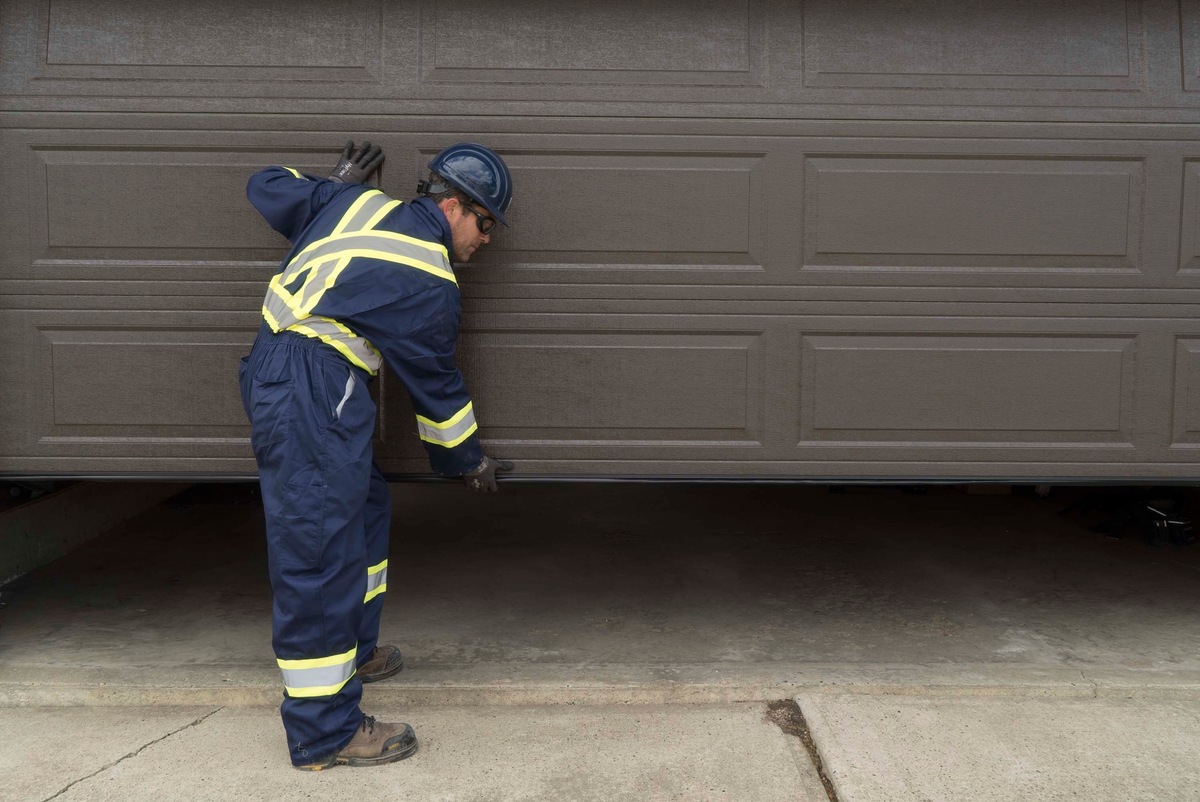
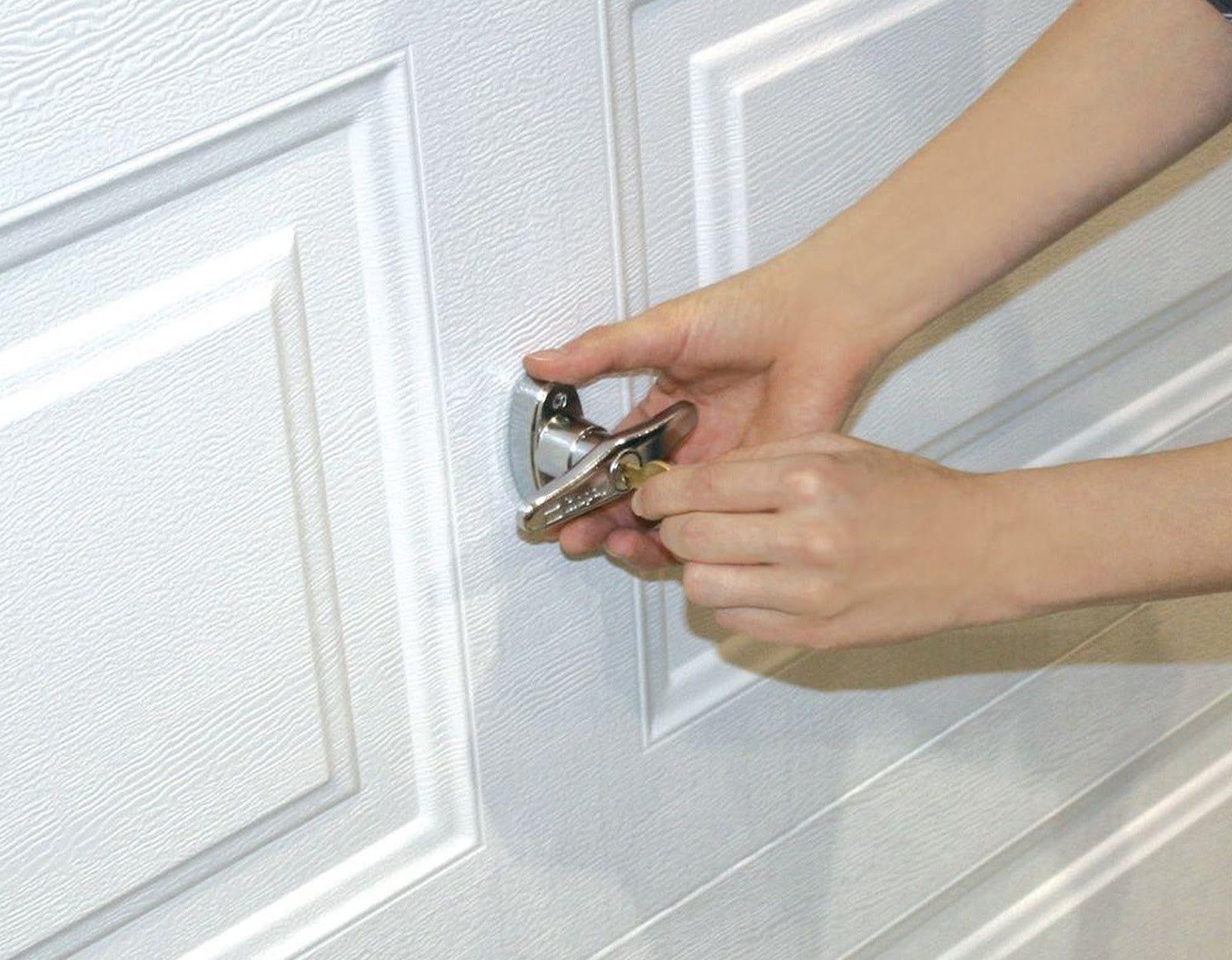
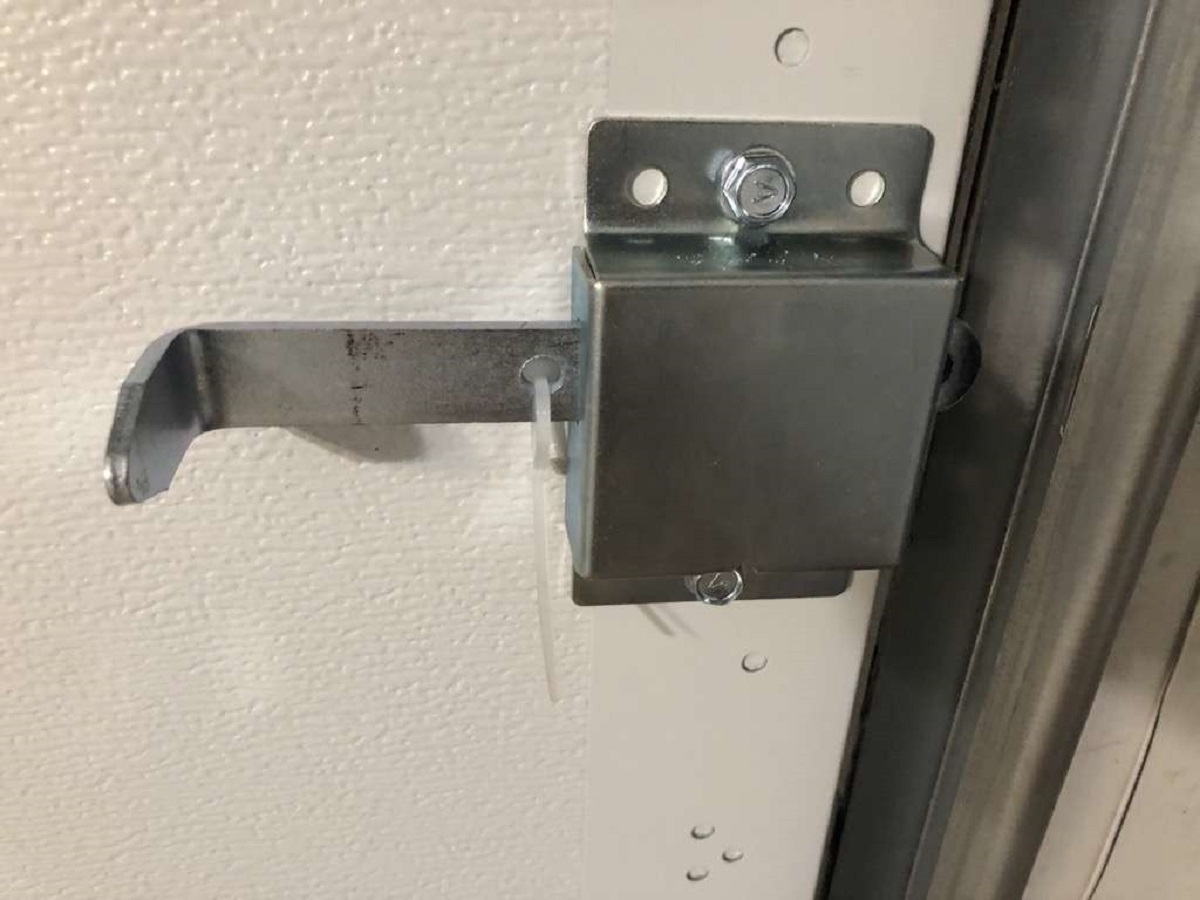
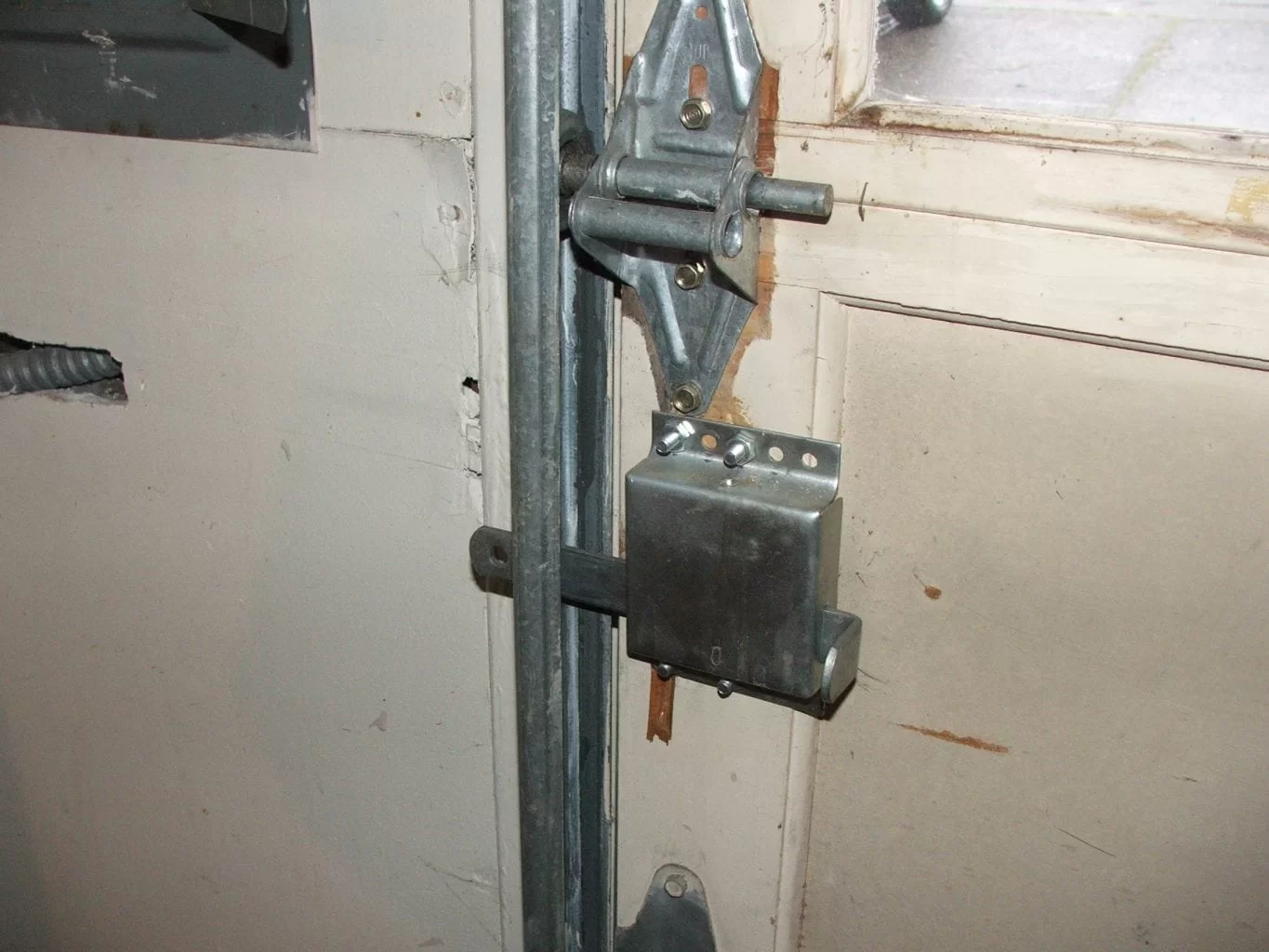
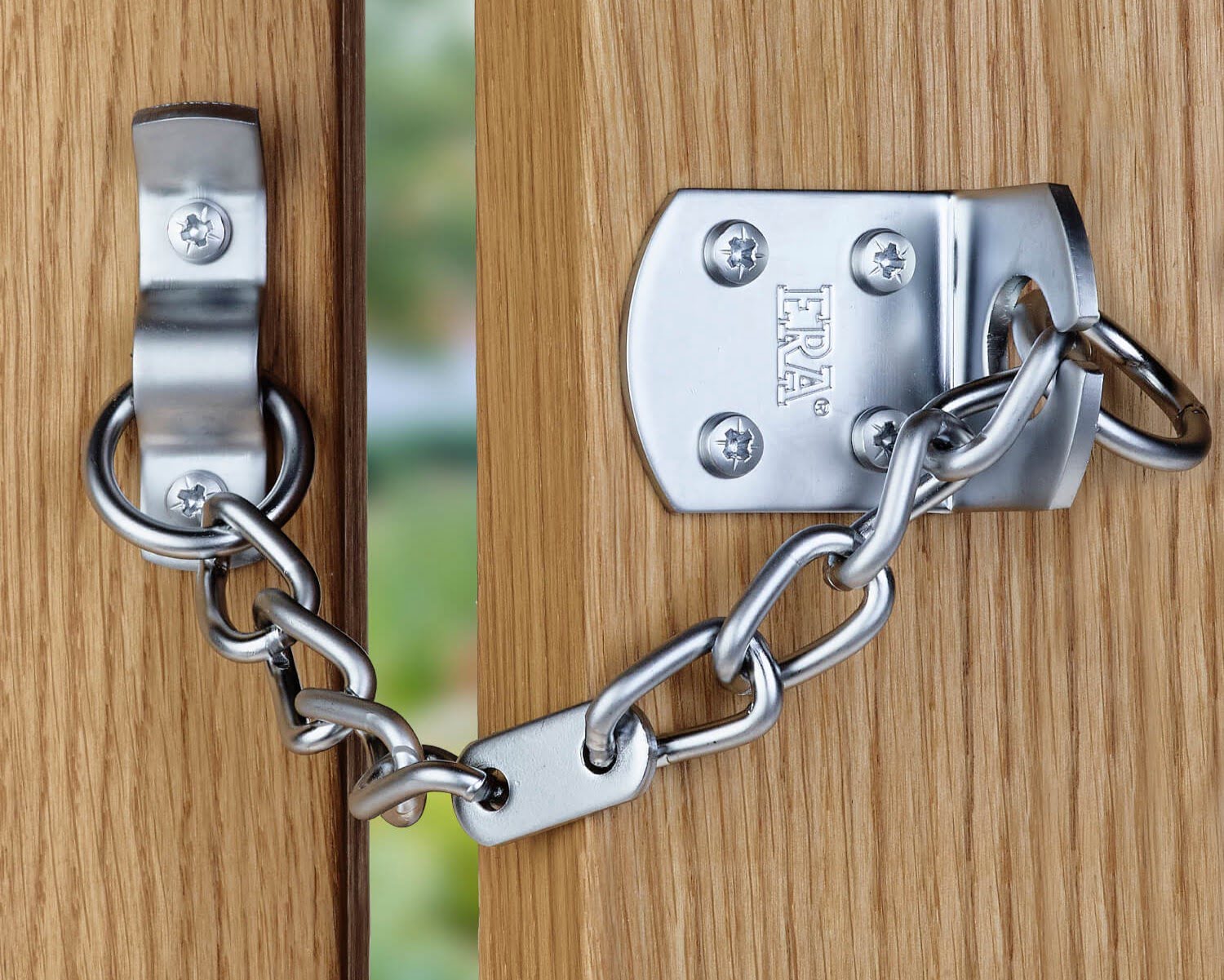
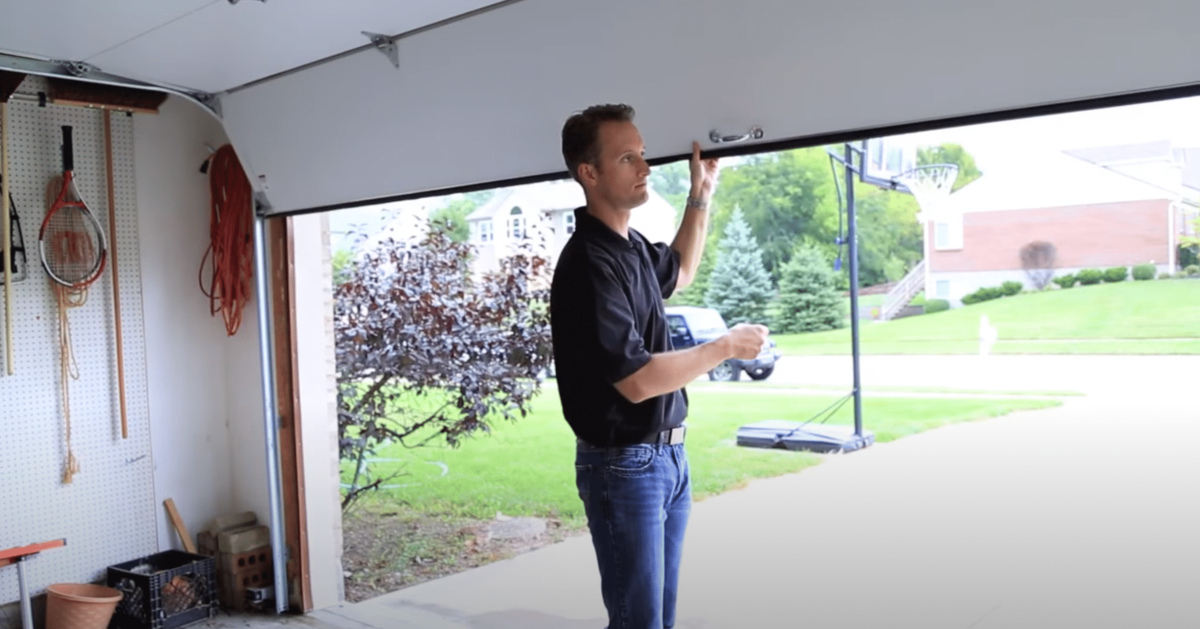
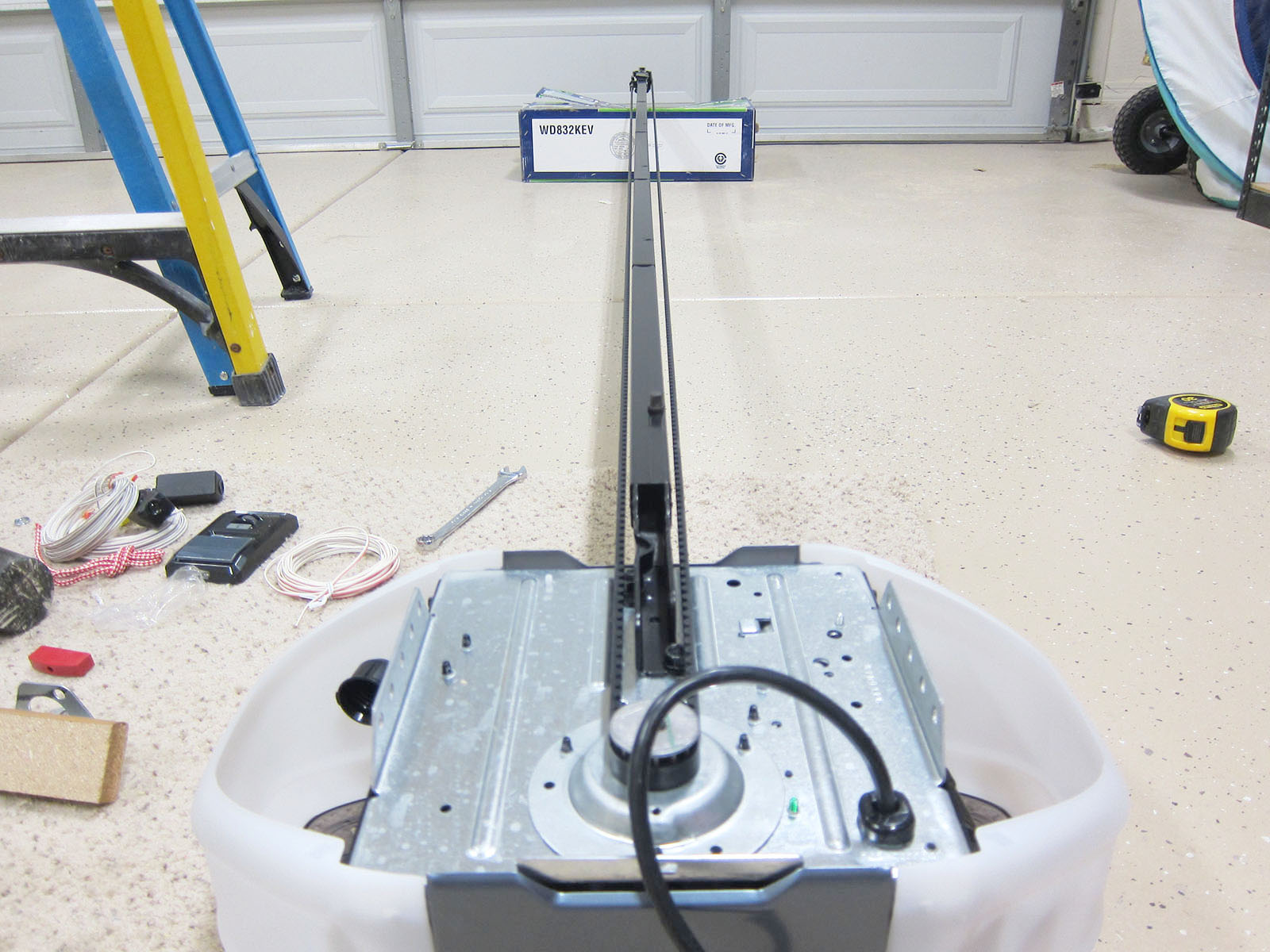
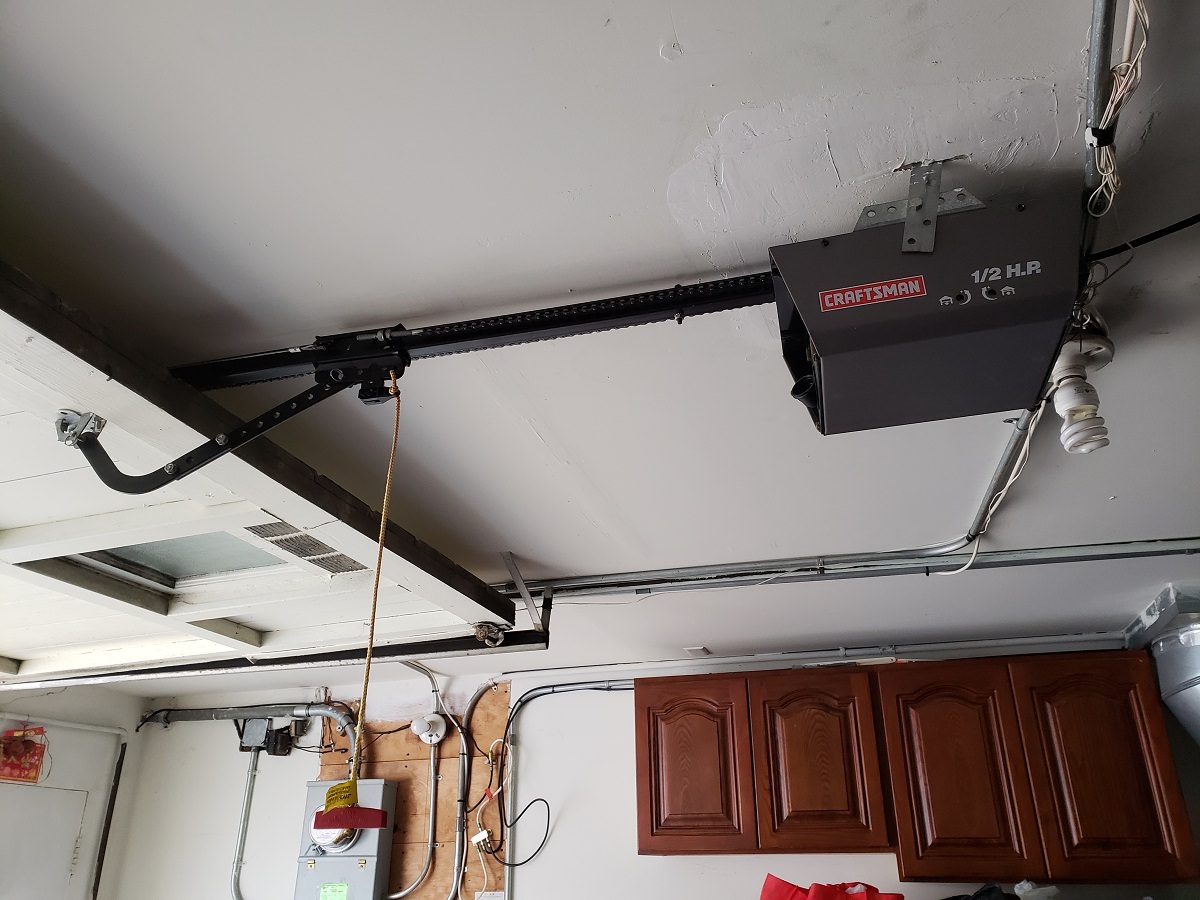
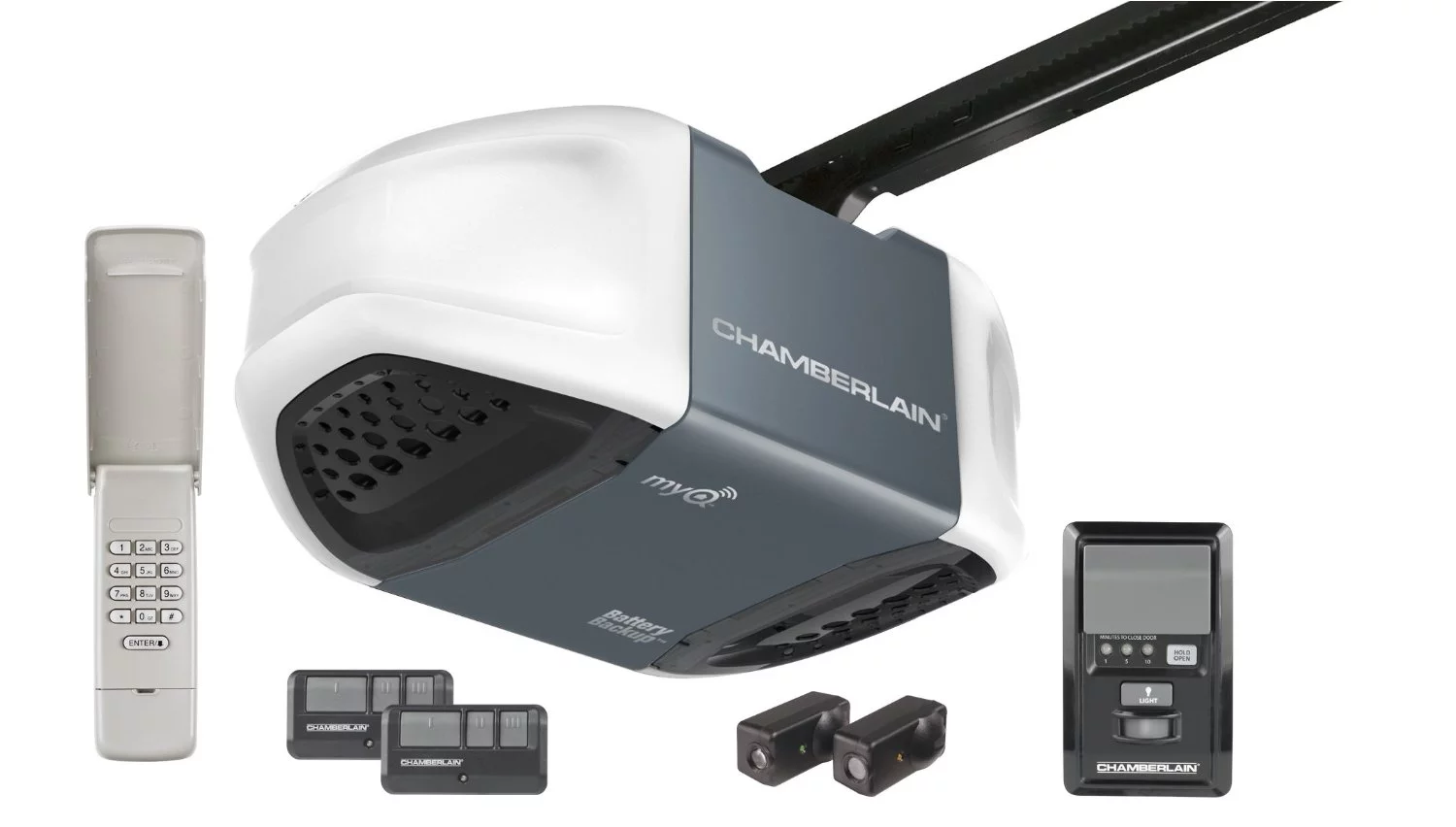
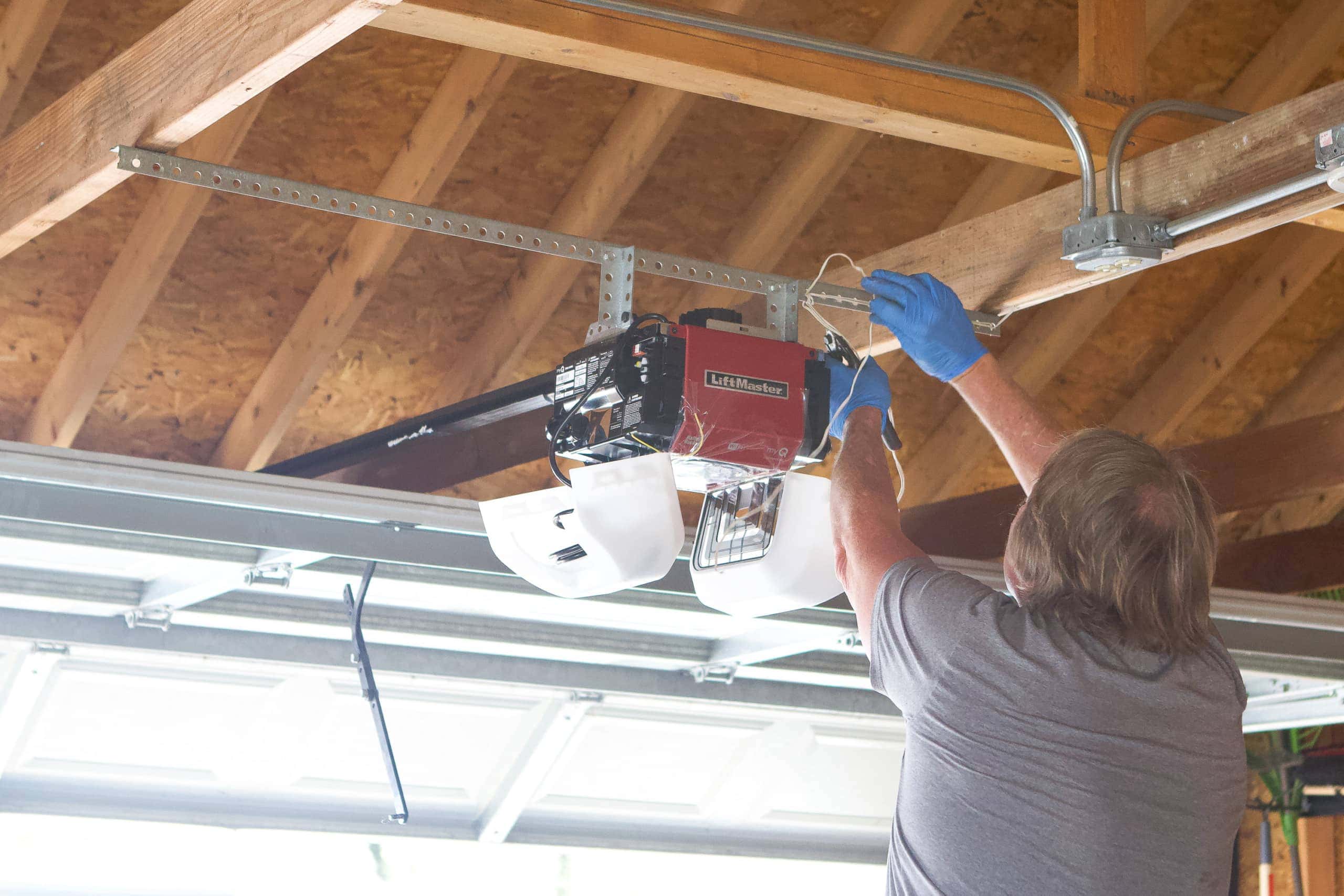
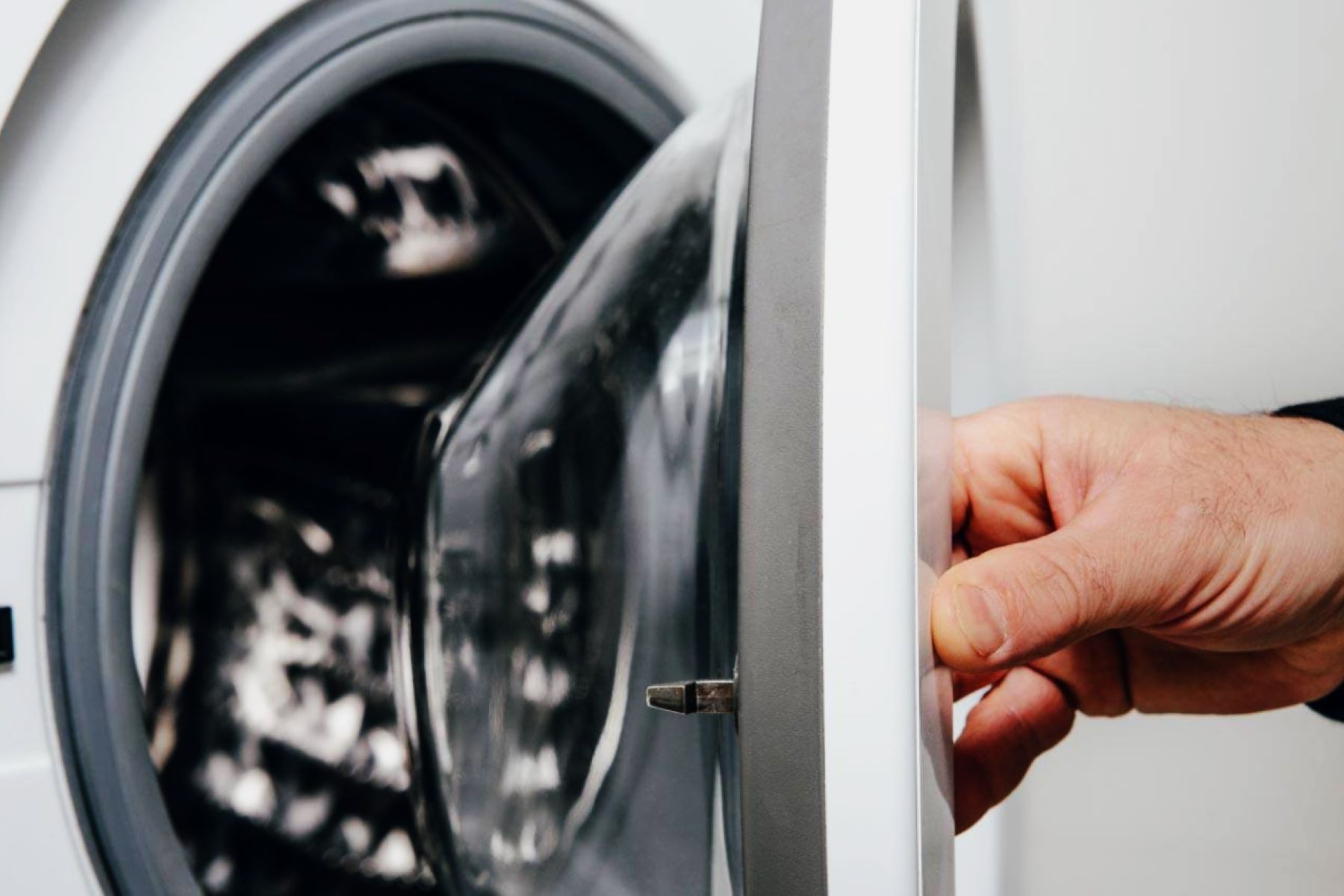
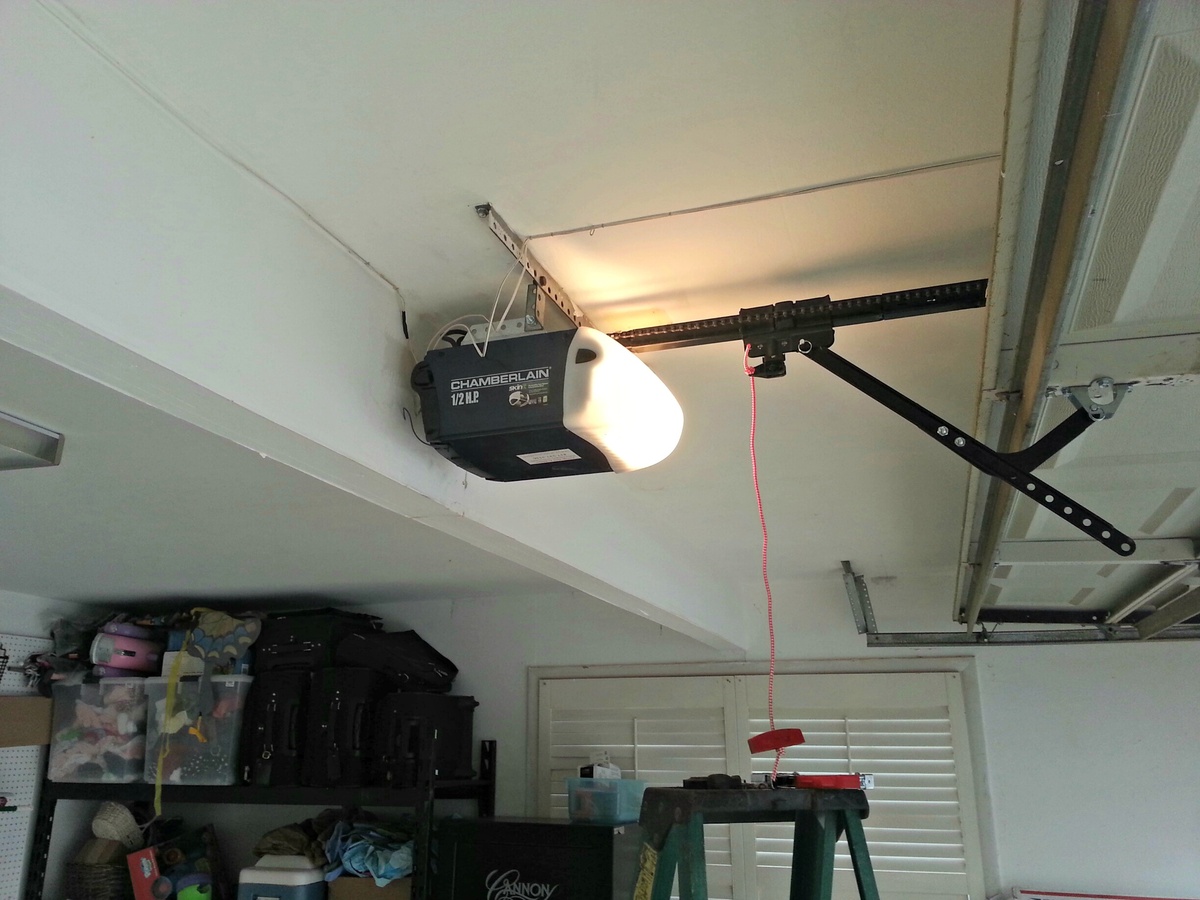
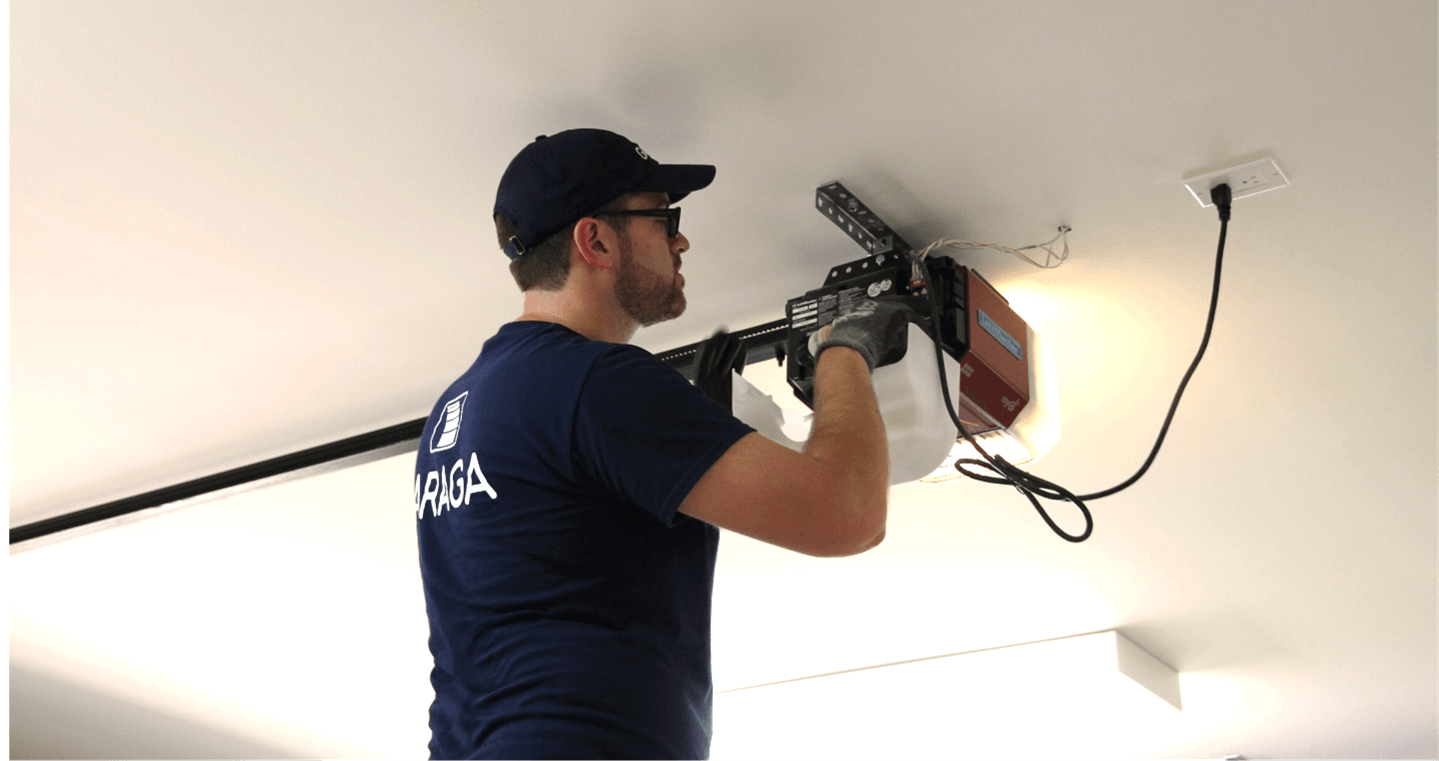
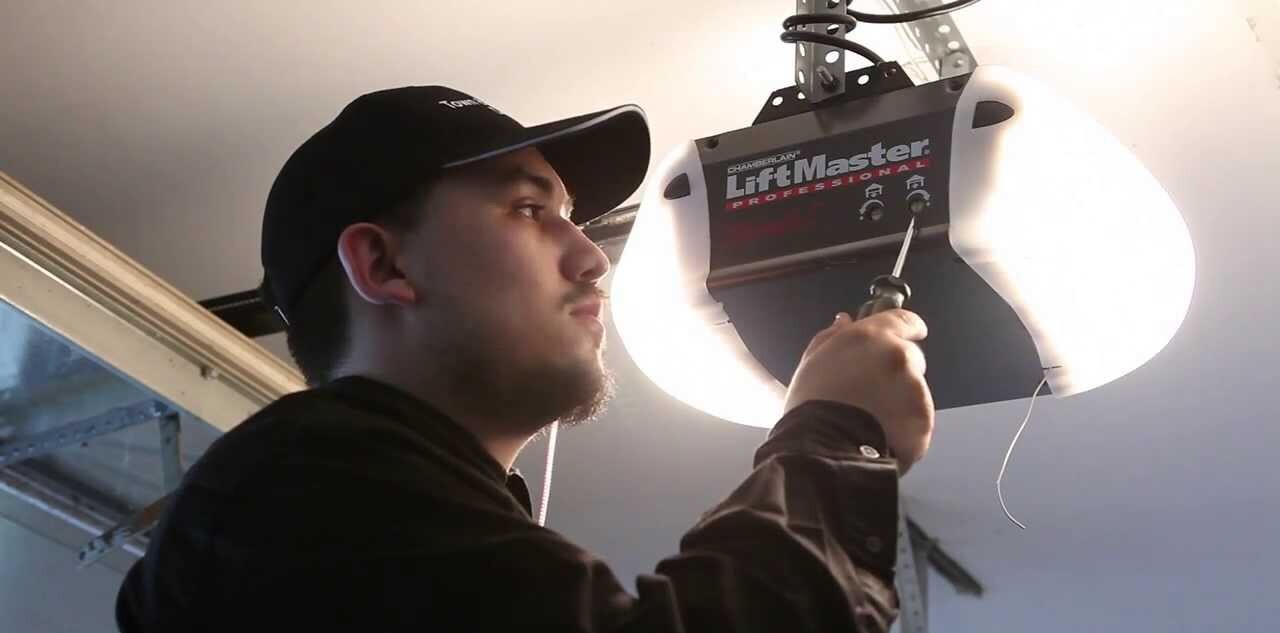

0 thoughts on “How To Open A Stuck Manual Garage Door From The Outside”